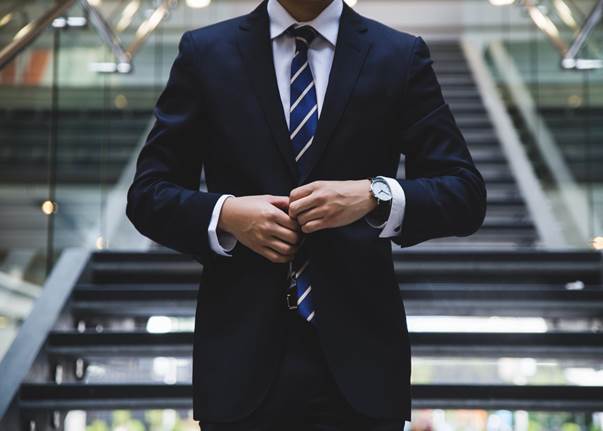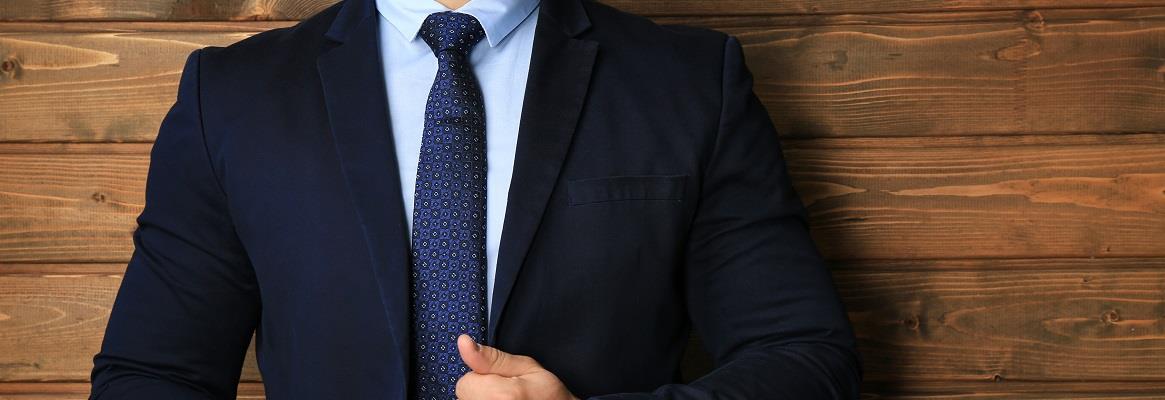When we hear that a person is a lawyer (or attorney), the imagination usually paints two pictures:
1. TV series. They are all in suits and white shirts. The women sometimes wear flannel skirts or business dresses. The colour scheme of the suits is always strictly according to the dress code, from dark gray to blue. Nothing extra. Monochrome ties for men, stud earrings for women. Footwear is also ideal: men wear black polished classic boots with laces. Women don't cheat on their pumps with a sturdy heel. Nothing personal. Nothing superfluous. Just business. And court.
2. Legally Blonde. She is modern and talented, but slightly, not formal. And there's nothing she can do about it. She wears pink suits to court sessions. She wears sequinned skirts to client meetings. Her constant companion in this arduous task is a tiny hand dog. We remember that she is talented, so she is forgiven for her ridiculous appearance at meetings. For she is "putting her opponents on their backs" with her arguments and knowledge of the case.

Until now I still encounter misunderstandings and often find myself asking why we should pay attention to our outer appearance when everyone else is walking around in his or her own comfortable way. After all, the main thing is to be a good person. The main thing is to be professionally prepared, not a corporate suit at a court session or during a meeting with a client.
Of course, this is not necessary
But, as it happens, society is divided into layers. And each layer is distinguished by a certain amount of knowledge and skills. The higher the social layer, the more structured approach to life is, the more developed understanding of the necessity of external and internal etiquette, the more understandable these or those requirements to a certain sphere of life, including professional one.
And if a specialist wants to establish himself as a high-level professional, he needs to comply not only professionally, but also personally, and that means to observe the rules of conduct (including in appearance) of this circle.
What mistakes in the business closet do attorneys and lawyers make nowadays?
There is no understanding of the dress code as such: when to wear a strict suit with a white shirt when you can wear a business casual format when it would be appropriate to come in jeans.
There is no knowledge and understanding of the colour palette of business attire and etiquette.
How can you avoid mistakes? But look stylish and not boring.
Ideally, of course, I would recommend you to study the issues of business dress code, as well as etiquette and stylistics in general. But since this is a long-term issue, and not always there is time for it, you can hire a stylist like the best lawyers awsuwaidi-advocates.com from Dubai do. Or at least read my recommendations that will structure your understanding regarding dress code and appropriateness depending on the professional event you have coming up.
1. Trial. Ideally, adhere to a strict business dress code. This is a navy blue or dark gray business suit, a light-coloured solid-colored shirt (white, ivory, blue), a solid-coloured tie for men. Women may wear a blouse instead of a classic cotton shirt under a jacket or jacket.
2. Negotiations with the client. Depends on where and how you communicate with the client, what kind of client, is it a corporation? Does his or her company adhere to a dress code, can the client hypothetically expect you to dress a certain way at a meeting.
3. Working in an office, perhaps, imposes virtually no restrictions other than respect for those sitting next to you. You can walk as is customary in your office. But given that the dress code is determined by the level of the company, there will still not be much freedom, but you can wear something brighter and more comfortable.
4. If you work on a freelance basis, then you should study in detail all the clients, as well as work out your closet in accordance with what is expected of you by your business partners. At home, on the other hand, when preparing documents, you can walk the way you want to.
5. In the case of a business trip it is necessary to think through the closet so that you were both comfortable in transportation, and things would keep a fresh look, if business meetings are coming right after the train or plane. In this case, you need to choose the style of business fashion, as well as to ensure that the fabric from which things will be sewn, not crumpled during the flight or train ride.
As you can see, with some knowledge, you can make quite a working closet for business meetings and weekdays in the office, as well as on a business trip, and avoid mistakes that could lead to the wrong opinion about your professionalism and make you think biased, because you are met by clothes, whatever and who does not talk about a high level of professionalism!










Comments